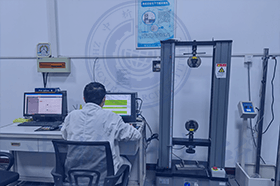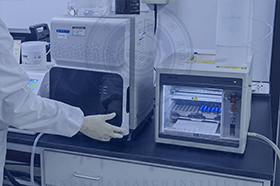檢測項目(部分)
外觀質量
條質量偏差
凈含量
透濕度
橫向抗張強度
尺寸偏差
施膠度
溶血性鏈球菌
多氯聯苯
抗張強度
真菌菌落總數
外觀
細菌菌落總數
試樣縱橫向及正反面
耐破度
全長偏差
定量
鄰苯二甲酸酯
綠膿桿菌
偏差
平滑度
鉛含量
內裝量(短缺量)
可遷移性熒光物質
橫向抗張指數
洞眼
灰分
金黃色葡萄球菌
柔軟度
甲醛
交貨水分
五氯苯酚
掉粉率
可吸附有機鹵素(AOX)
分析試樣水分
橫向吸液高度
銷售標志
檢測樣品(部分)
紙、紙漿、紙板、紙制品及原輔料
食品接觸用紙、紙板和紙制品
紙制品
紙和紙制品
紙張及紙制品
檢測標準(部分)
本標準適用于食品用紙、紙板及紙制品中熒光增白劑的測定。
本標準適用于紙巾紙(紙面巾、紙餐巾、紙手帕等)、濕紙巾(濕巾、嬰兒濕巾)、衛生紙、衛生巾、紙尿
褲等家用紙制品中丙烯酰胺遷移量的檢測,其中衛生巾和紙尿褲產品僅適用于與皮膚接觸的外包覆層部分的檢測。
本標準適用于生活用紙及紙制品(紙巾紙、衛生紙、濕巾、紙尿褲、衛生巾等)中甲醛含量的測定。本標準中乙酰丙酮一分光光度法的檢出限為10mg/kg,高效液相色譜法的檢出限為6.0mg/kg。
本標準適用于生活用紙和紙制品生產企業化學品及原料的管理控制。
本標準適用于紙和紙制品中松香酸含量的測定。
本部分適用于生產符合國家產品質量標準的紙制品瓦楞產品取水最的管理與考核。
This document does not apply to paper printed with pigment inks.
The preconditioning requirement is important because physical properties of a sample at 50 % relative humidity depend upon whether the sample is brought to 50 % from a higher or lower relative humidity. A detailed discussion of the importance of preconditioning may be found in Annex A1.
The conditioning and testing atmospheres are important because both temperature and relative humidity have significant effects on the physical properties of paper and board. A more detailed discussion of the importance may be found in Annex A2.
1.1 This practice defines the standard atmospheres for normal preconditioning, conditioning, and testing of paper and paper products, paperboard, fiberboard, and containers made from them. It also specifies procedures for handling these materials in order that they may reach equilibrium with the respective atmosphere.
1.2 This practice does not include special conditioning and testing atmospheres, such as those that attempt to simulate tropical or arctic environments.
1.3 This standard does not purport to address all of the safety concerns, if any, associated with its use. It is the responsibility of the user of this standard to establish appropriate safety and health practices and determine the applicability of regulatory limitations prior to use.
1.1 These test methods measure the (wet) tensile breaking strength of paper, paper products, and paperboard (excluding corrugated board) when saturated with water.
1.2 These test methods are intended for use with papers and paper products that will be subjected to stress while wet during processing or use, including but not limited to tissue products, papers used in map-making, photography and blue prints, bags, and food wraps.
1.3 Two test methods are described; one for samples that are able to be handled while wet without damage, and one for samples, such as tissue, that are easily damaged or impossible to handle while wet.
1.4 This standard does not purport to address all of the safety concerns, if any, associated with its use. It is the responsibility of the user of this standard to establish appropriate safety and health practices and determine the applicability of regulatory limitations prior to use.
1.1 The purpose of an interlaboratory study is to determine the variability in results caused by differences among laboratories following a prescribed test method, the consistency from material to material of this variability, and the type of additional standardization needed, if any. The study may be made to obtain information for improving the test method or to arrive at an estimate of the precision of an existing method for publication. It may also include a comparison of alternative test methods.
1.2 To achieve the objectives in 1.1 satisfactorily, it is essential that a sound statistical design be employed in the planning of an interlaboratory study. This practice gives the basic principles involved in the planning in order to make the data amenable to statistical analysis and interpretation.
1.3 This practice has been written for the task group chairman responsible for the preparation or the revision of a standard test method. It tells him what information he needs in order to properly plan an interlaboratory study (Sections ), it outlines the procedure for conducting the study (Section ), and it gives him background information for understanding the analysis (Section 12) and interpretation (Sections ) of the results.
1.4 While the services of a statistician are not absolutely necessary for the design, analysis, and interpretation of interlaboratory studies, questions often arise that could be readily answered by a statistician familiar with the analysis used herein. Hence, the task group chairman should arrange whenever possible to consult with a statistician both during the planning and during the analysis and interpretation.
1.5 This practice is similar to TAPPI T1200, which details the analysis using a set of typical data.
1.6 This standard does not purport to address all of the safety concerns, if any, associated with its use. It is the responsibility of the user of this standard to establish appropriate safety and health practices and determine the applicability of regulatory limitations prior to use.
","level":"[A]","STAN_PART_PART_NUM":0,"CCS_NAME":"造紙","STAN_CNNAME":"紙和紙制品試驗方法的實驗室間檢測的標準操作規程","STAN_STATUS_ORDER":3,"NOTE2":"導入上海數據","CCS":"Y30","RELEASE_ORG":"US-ASTM","_version_":1758651379075776514,"ICS":"85.060 (Paper and board)","STAN_PART_CODE":"ASTM","STAN_PART_PART_NUM_STRING":"0","PAGE_COUNT":8,"EVENT_ID":"942356","BASE_ORDER":1725532,"ARRIVE_DATE":1306339200000,"IS_FORCE_STAN":4}
檢測資質(部分)










檢測優勢
檢測實驗室(部分)





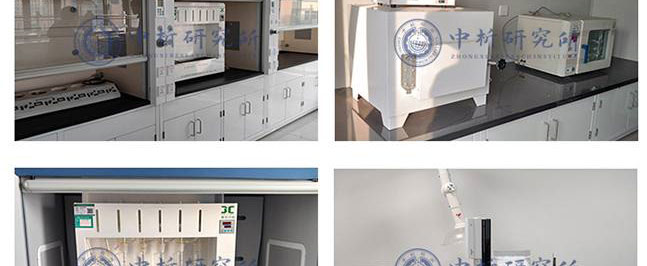
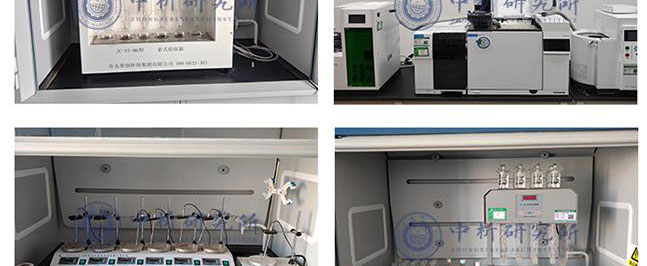
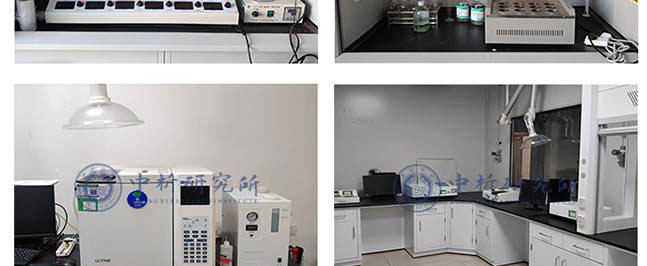
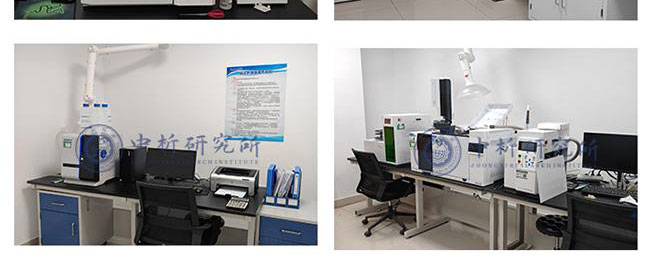
合作客戶(部分)





檢測報告作用
1、可以幫助生產商識別產品的潛在問題或缺陷,并及時改進生產工藝,保障產品的品質和安全性。
2、可以為生產商提供科學的數據,證明其產品符合國際、國家和地區相關標準和規定,從而增強產品的市場競爭力。
3、可以評估產品的質量和安全性,確保產品能夠達到預期效果,同時減少潛在的健康和安全風險。
4、可以幫助生產商構建品牌形象,提高品牌信譽度,并促進產品的銷售和市場推廣。
5、可以確定性能和特性以及元素,例如力學性能、化學性質、物理性能、熱學性能等,從而為產品設計、制造和使用提供參考。
6、可以評估產品是否含有有毒有害成分,以及是否符合環保要求,從而保障產品的安全性。
檢測流程
1、中析研究所接受客戶委托,為客戶提供檢測服務
2、客戶可選擇寄送樣品或由我們的工程師進行采樣,以確保樣品的準確性和可靠性。
3、我們的工程師會對樣品進行初步評估,并提供報價,以便客戶了解檢測成本。
4、雙方將就檢測項目進行詳細溝通,并簽署保密協議,以保證客戶信息的保密性。在此基礎上,我們將進行測試試驗.
5、在檢測過程中,我們將與客戶進行密切溝通,以便隨時調整測試方案,確保測試進度。
6、試驗測試通常在7-15個工作日內完成,具體時間根據樣品的類型和數量而定。
7、出具檢測樣品報告,以便客戶了解測試結果和檢測數據,為客戶提供有力的支持和幫助。
以上為紙制品檢測的檢測內容,如需更多內容以及服務請聯系在線工程師。






